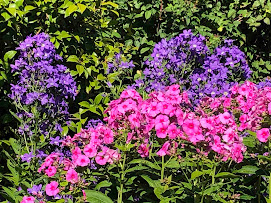Further to my post just before Christmas, The Girl in Two Worlds - Time travel to Ancient Athens, came out on March 1st, 2022, 10 years to the day from the publication date of The Boy with Two Heads, as it was then titled, on February 29th, 2012.
However, there was no fanfare, partly because the print version still seems to be unavailable from the usual outlets (it will probably take another week or two) and also because the e-book is not ready. But it was one step in my slow progress towards having both print and revised e-books on sale. I've made a start on the necessary text 'translations' of The Boy and The Girl into ePub files for the ebooks and yet another revision of Book 3 is in train.
The covers have been refined, though the Book 3 cover is still a draft. My thanks to Kate (design) and Fliss (art) for creating such gorgeous results!
My present blurb for the whole trilogy is this:
"The precarious connection between Themistokles, son of Kallistos of ancient Athens and Suzanne Short of Penrith in modern Cumbria UK, was the result of freak accidents. It seemed to begin and end in 432 BCE / 2010 CE when Suzanne experienced so much of Themistocles' visit to Olympia. But now, in 418 BCE / 2017 CE, the connection is back. Athens is threatened by Sparta from without and traitors from within. Suzanne, now a student and athlete at Lancaster University, is a fascinated by helpless witness as Themistokles tries to save his city and his family."
But now our own world of 2022 CE has convulsed again - far more violently in the last few weeks than it did with the first Covid-19 lockdown two years ago. Covid isolation was what brought me back to this project, but now I often find it impossible to concentrate on what seems to have become an inconsequential hobby. The horrors of Putin's invasion of non-aggressive Ukraine, and the uncertainty of where the resulting world-wide turmoil will lead, claim my (and most others', it seems) attention as often as I let them.
At present, of course, here in the UK, my life is not directly threatened. In 1944 my father's was, though. He was in southern China with his Red Cross unit, 'walking out' ahead of the Japanese invasion. He wrote in his journal of the need to keep to the usual routines and standards wherever possible, however chaotic things get. So that's what I'm trying to do, whether The Connection Trilogy turns out to be inconsequential or not.
At least Spring has now arrived with energy and hope. The courage and determination of Ukraine's extraordinary president, Volodymyr Zalenskyy, and his kick-ass compatriots is infectious. They are our buffer against unthinkable destruction and casualties, and their resolve seems to be bringing together other previously, and possibly dangerously, divided nations. Thank you, Ukraine.
All photographs © Julia M Newsome unless otherwise credited












